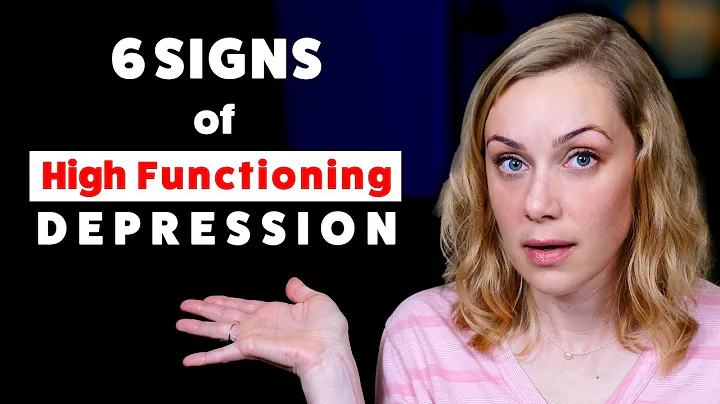
Today introduces an interesting psychology experiment. Skinner is a long-standing psychologist who can be called the father of behaviorism. It found that if the pigeon is continuously rewarded unconditionally, the pigeon will develop superstitious behavior, that is, imagine some behaviors themselves and consider them to be a condition for receiving the reward. In the study, the food distributor was set to drop food every 15 seconds, which is called "fortification". That is, no matter what the animal does, it will receive a reward every 15 seconds. The 8 pigeons stay in the laboratory box for several minutes every day without any restrictions on their behavior. During this period, the enhancement automatically appears every 15 seconds. Skinner found that 6 of these 8 pigeons had a very obvious reaction. One pigeon forms a conditioned reflex that rotates counterclockwise in the box, turning 2-3 times between two reinforcements; the other repeatedly hits his head to a corner above the box; the third shows a lifting reaction, as if he puts his head under an invisible pole and lifts it up repeatedly; the heads and bodies of the two pigeons show a swaying movement. The pigeons all believed that if they act like this, they would receive food rewards.
The above behaviors were not observed before the conditioned reflection was established. In fact, the new behavior has nothing to do with the pigeon getting food. However, they act as if their actions produce food; that is, they become superstitious. They themselves imagined a condition that would produce rewards and found some explanation for the result of rewards.

This experiment is obviously closely related to "learning" and inductive reasoning, so it is also worth our consideration. Studies have found that there is a close relationship between pattern prediction and superstition, because both humans and animals are good at finding structures where there is no structure. Discovering structures and compressing them into rules is very useful for predicting future states, a capability often referred to as deductive inference. However, in many cases, the expected performance is not reflected in the future, and the cognitive system will only express imaginary inferences, also known as "superstition." So under what circumstances will our cognitive system form a superstitious situation rather than deductive inference? First, our cognitive devices have limited short-term memory and have biased them due to one-sided analysis when solving problems. Second, there are too many ways to explain entities and events, and the ability to reason and calculate is limited, which is not enough to analyze various relationships [1].
This is also the problem we face in the fields of artificial intelligence and cognitive science . In a huge solution search space, we can only generate reasonable causal inferences by relying on rich prior knowledge of and sufficient feature analysis. At the same time, decisions can also be made from the perspective of information processing and information construction, so that the cognitive system can achieve true pattern detection and prediction rather than superstition.
Gerd Gigerenzer[2] believes that if we want to ensure human survival, that is, from the perspective of human beings themselves, human decisions must be adaptable, rapid and frugal. In the field of artificial intelligence, a similar paradigm has emerged for behavioral robots. It does not rely on prior mathematical analysis of a given situation, but rather on taking into account internally driven strategies of the system. It is not inferred from the complex representation defined by the semantic world of by the programmer, that is, it is not considered from the perspective of the third person, but considering the first perspective of the system itself, which seems to avoid the superstitious behavior of the pigeon.
To understand how humans and cognitive systems with limited computing power can solve this problem, let's explore two examples from the animal kingdom:
(1) Considering the behavior of a hatching goose, it decides to roll the egg that fell from the nest with its mouth. Interestingly, even if an animal behaviorist takes the egg, it continues to roll [3]. It seems that the animal does not frequently check for environmental changes. On the contrary, the environmental state is only checked at some important check nodes to determine whether the current state meets a certain goal.Human problem solving is also dominated by similar conservative solutions, with people repeatedly choosing a strategy that was once successful without considering whether other simpler strategies are more suitable for new problems.
(2) Imagine a fly crawling on a painting of Rembrandt . It never deals with the visual information presented in the painting, because from its perspective, there is no painting at all. Only human observers may want to know what information filters are applied by flies to ignore rich information input. Such differences come from the fact that human scientists and engineers focus on the perceived output of the system from their third person perspective (and lack of a first-level perspective of observing the system, such as the fly) from the perspective of the system (such as the crawling of the fly, not the fly itself).
Combined with these two examples, a truly autonomous cognitive system can be described as a system that tries to achieve self-determined goals. This also inspired us to pay more attention to feedback from the first perspective rather than artificial settings from the third perspective when we want to simulate creatures through computational means.
Reference:
[1] Riegler, Alexander. "Superstition in the machine." Workshop on Anticipatory Behavior in Adaptive Learning Systems. Springer, Berlin, Heidelberg, 2006.
[2] Gigerenzer, G.: Adaptive thinking. Oxford University Press, Oxford (2000).
[3] Lorenz, K.Z., Tinbergen, K.: Taxis und Instinkthandlung in der Eirollbewegung der Grau- gans. Zeitschrift für Tierpsychologie 2, 1–29 (1939).

text | Li Xiaoqi
pictures are not marked, from the network











